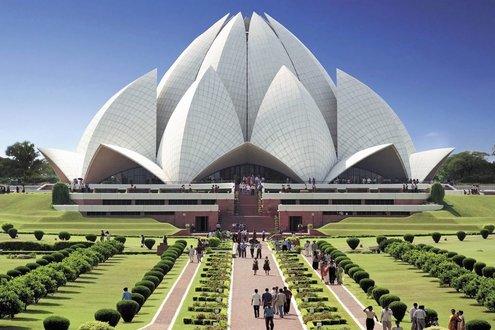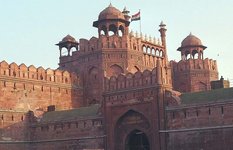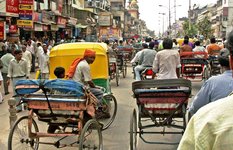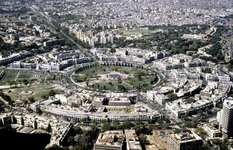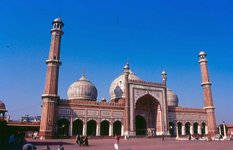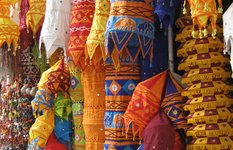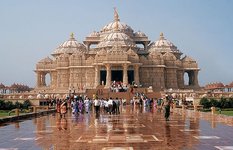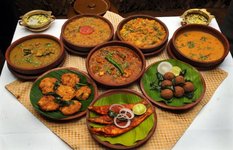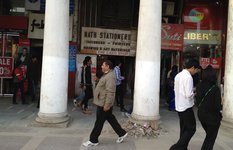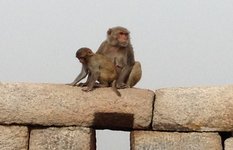 Been there
Been there
 Want to go
Want to go
 Ask friends for recommendations
Ask friends for recommendations
Things to do
Attractions and sights
 View Map
View Map
-
The Red Fort was the residence of the Mughal emperors of India for nearly 200 years, until 1857. Open to the public, it is located in the centre of Delhi and houses a number of museums.

-
The India Gate is the national monument of India. Situated in the heart of New Delhi, it was designed by Sir Edwin Lutyens. It commemorates the 70,000 Indian soldiers who lost their lives fighting for the British Army during the World War I.

-
73 m tall Qutb Minar is the second tallest minar in India, originally an ancient Islamic Monument, inscribed with Arabic inscriptions. Construction was started in 1192; in 1368 the fifth and the last storey was added. It is the centerpiece of Qutb complex, also featuring The Iron Pillar, a 7 m column notable for the rust-resistant composition of the metals used in its construction.

-
Humayun's tomb is the tomb of the Mughal Emperor Humayun. The tomb was commissioned by Humayun's first wife Bega Begum in 1569-70, and designed by Mirak Mirza Ghiyas, a Persian architect chosen by Bega Begum.

-
Jama Masjid is the principal mosque of Old Delhi. Commissioned in 1650 by the Mughal Emperor Shah Jahan, it is the largest and best-known mosque in India.

-
The Lotus Temple, located in New Delhi, India, is a Bahá'í House of Worship completed in 1986. Notable for its flowerlike shape, it serves as the Mother Temple of the Indian subcontinent and has become a prominent attraction in the city.

-
Old Delhi, a jumble of narrow filthy streets and street bazaares, was once filled with mansions of nobles and members of the royal court, along with elegant mosques and gardens. Today, despite having become extremely crowded and dilapidated, it still serves as the symbolic heart of metropolitan Delhi

-
Lodi Gardens is a park that contains Mohammed Shah's and Sikander Lodi's Tombs, Sheesh and Bara Gumbads, architectural works of the 15th century Sayyid and Lodhis, an Afghan dynasty, that ruled parts of northern India and Punjab from 1451 to 1526.

More attractions
 Hide Map
Hide Map
When to go
| |||||||||||||||||||||||||||||||||||||||||||||||||||||||||||
How to get there
Reviews


